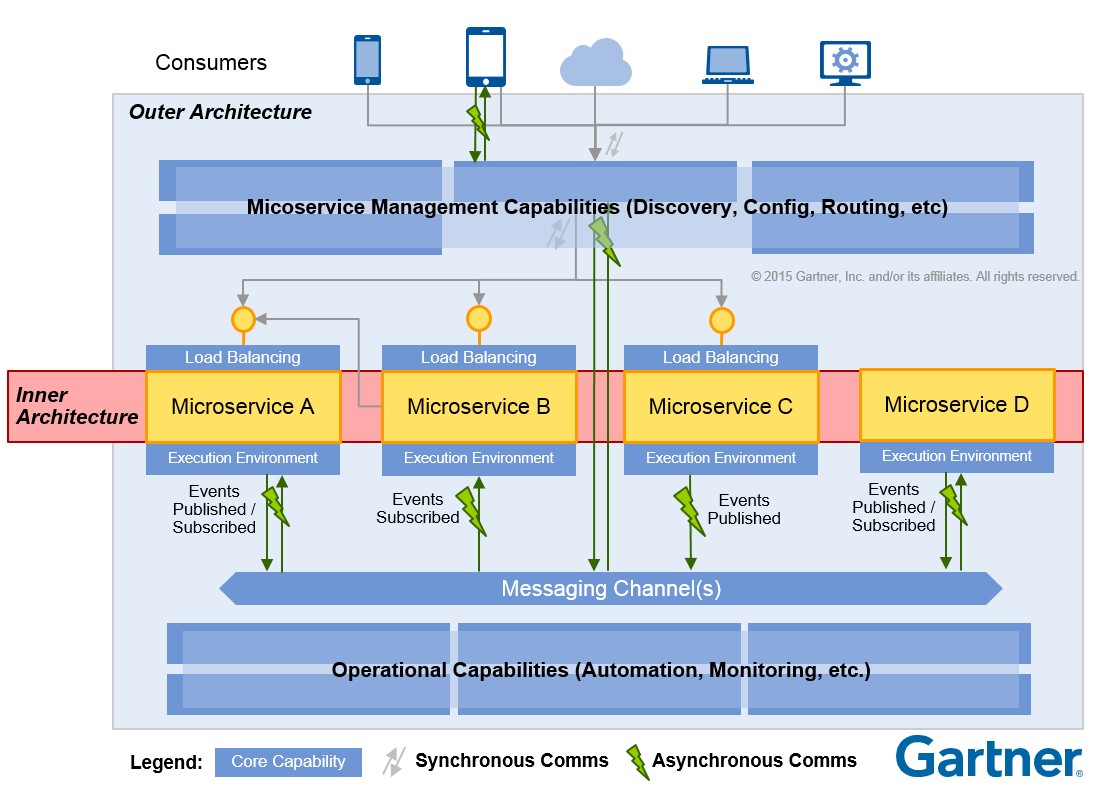
Distributed Computing and Microservice Architecture
Microservices are small, autonomous services that work together. Let’s break that definition down a bit and consider the characteristics that make microservices different.
The benefits of microservices are many and varied. Many of these benefits can be laid at the door of any distributed system. Microservices, however, tend to achieve these benefits to a greater degree primarily due to how far they take the concepts behind distributed systems and service-oriented architecture.
Docker- An opensource implementaion of Microservice - implements a high-level API to provide lightweight containers that run processes in isolation.[12]
Building on top of facilities provided by the Linux kernel (primarily cgroups and namespaces), a Docker container, unlike a virtual machine, does not require or include a separate operating system.[11] Instead, it relies on the kernel's functionality and uses resource isolation (CPU, memory, block I/O, network, etc.) and separate namespaces to isolate the application's view of the operating system. Docker accesses the Linux kernel's virtualization features either directly using the libcontainer library, which is available since Docker 0.9, or indirectly via libvirt, LXC (Linux Containers) or systemd-nspawn.[10][13]
By using containers, resources can be isolated, services restricted, and processes provisioned to have an almost completely private view of the operating system with their own process ID space, file system structure, and network interfaces. Multiple containers share the same kernel, but each container can be constrained to only use a defined amount of resources such as CPU, memory and I/O.
Using Docker to create and manage containers may simplify the creation of highly distributed systems, by allowing multiple applications, worker tasks and other processes to run autonomously on a single physical machine or across multiple virtual machines. This allows the deployment of nodes to be performed as the resources become available or when more nodes are needed, allowing a platform as a service (PaaS)-style of deployment and scaling for systems like Apache Cassandra, MongoDB or Riak. Docker also simplifies the creation and operation of task or workload queues and other distributed systems.
References
1.0 Principles of Distributed Database Systems- ISBN-13: 978-1441988331
2.0 Building Microservice- ISBN-13: 978-1491950357
Note: This is a draft article- expect revisions.